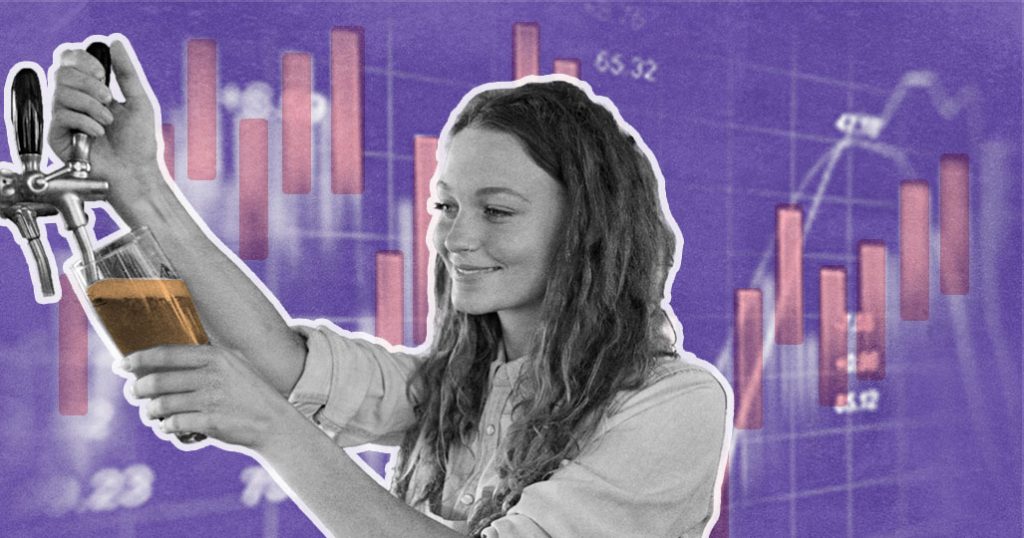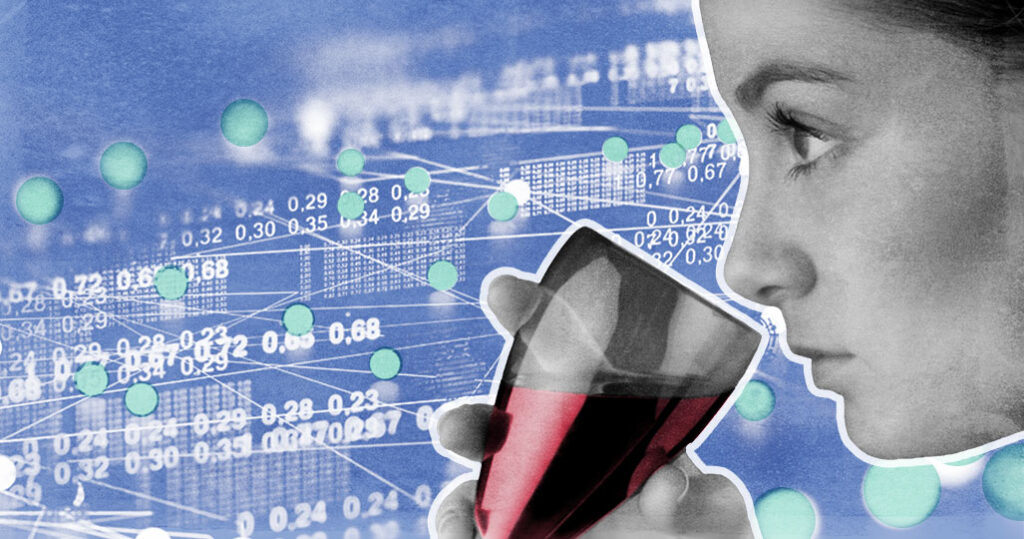Since antiquity, humans have made alcohol. It’s part of our ancestry and our every day, and there’s always been a dedicated and talented crop of artisans to quench our thirsts. The oldest continuously operated brewery in the world, Weihenstephan Abbey, was founded in 1040 by the city of Freising, and wine and spirits have a similarly extensive history and tradition.
For many, this tradition is in their blood, honed over centuries. They are age-old and time-tested, meaning many see the historic industry of liquor as an immovable object. This view, however, is rapidly changing alongside the rise of data-driven analytics. What was once a gut feeling or embodied knowledge about timing, ingredients, and process can now be confirmed with data. Armed with better knowledge, brewers, winemakers, and distillers now have unprecedented control of the science and art in their fields.
The added precise control, in turn, is empowering the growing, creation, and curation of liquor unlike ever before.
Empowering Growing
Today, creators have unparalleled knowledge and access to the data of their crops. Insight and control over the grapes and grains that go into the liquor are the first step to innovation and excellence for these artisans. Palmaz Vineyards knows this well. Founded in 1997, Palmaz implements big data applications across its operations. With infrared, multispectral cameras on the vines’ chlorophyll counts are obtained and X-Ray images measure moisture levels in the plant.
Beer also benefits from precise information about its ingredients, something which Carlsberg Brewery in Denmark leverages to create what they think is “probably the best beer in the world.” In 2018, Carlsberg launched a project to catalog the flavor and aroma profiles of various brewing ingredients to predict taste based on ingredient treatment and combinations. Partnering with Danish universities, the brewery also implemented high-tech sensors throughout the fermentation process to gather data.

Empowering Creation
Ingredients are just the first step. For many, it’s in the brewing, aging, and distilling where the art emerges, and data goes hand-in-hand with those traditional processes. Data now empowers the process, opening eyes and avenues for the industrious and innovative. Grace VanValey flexes that creativity in her role as the head of cellar and quality control at Lamplighter Brewery, a craft brewery in Cambridge, Massachusetts. Her role primarily focuses on leveraging data in the brewery to ensure quality and consistency, but she can already see the immense opportunity for exploration in the data she’s collecting.
VanValey admitted in an interview that she’s always looking for the new thing in beer, seeking out novel tastes and blends. “Just because the IPA is doing really well right now doesn’t mean that’s all we can do.” With enthusiasm and wonder, VanValey walked through the various ways that data is empowering brewers. “There is so much more information about beer now,” she continued, “how it’s made, why it was done that way, and how it turned out. That’s the story of beer.” In many ways, the data is just reinforcing the traditional pillars of brewing.
VanValey loves her jobs and how it challenges her physically and creatively. She loves attempting to master a masterless art. But most of all, she loves creating something that is her own. With enhanced data and her creative sensibilities, VanValey is working towards creating microbrews of her own to share with her friends and regulars at the tasting room.
“I want to create something on my own that I love [and] can share with my friends or regulars who will know how and why this particular brew was made,” she said.
Empowering Curation
Innovative implementations mean nothing, though, if you can’t get your drinks into the hands of people. Thankfully data doesn’t miss a beat as its implemented across a wide variety of curation systems. While other companies are trying to catalog and connect users with individually curated lists, WineCab is attempting something more dynamic: a real-time, virtual sommelier.
Their new IoT device, the WineWall, is a wine cellar that can identify up to 600,000 vintage labels and uses high-speed robotic arms to retrieve bottles from its temperature-controlled storage. This, somehow, is just the tip of the iceberg. WineWall also uses AI to assist with food and wine pairings. This combines with individualized user data that stores preferences to ensure that the recommendation isn’t just a general query rule of thumb, but rather an individualized recommendation. Essentially, the WineWall is attempting to replicate the expertise and familiarity of the sommelier at a local restaurant, one who remembers your face and recalls that you’re allergic to red wine and only brings you whites.
On the tip of their tongue…
From its earthy origins to the last gulp in your glass, data is charging an age-old industry with innovation and excitement. Pioneers are redefining how they fill the world’s cups. But, it’s important to note that this new wave isn’t replacing the time-honored traditions from around the world. It’s only making them better. For VanValey and her counterparts across the liquor industry, the new data-driven processes are just another part of beer history and certainly won’t replace them. So much of their work is tied to a time-space, and thus no batch will ever be made twice. Data, though, helps them to understand why it worked and how to make the next one better.



